A good funnel in digital marketing is important as it changes potential leads into loyal customers. Probably the best way of doing it is with the AIDA model. There are four basic stages: Awareness, Interest, Desire, and Action. The four stages would be set up for a clear and effective way to guide potential customers from finding your brand to becoming dedicated buyers.
The AIDA model has been tested and shown to be helpful for marketers in making effective plans. It ensures that every step fulfils what is wanted and expected by the audience. Let's go through each stage closely and strategies to achieve the best result.
1. Awareness: Capturing Attention
This stage is at the top of the funnel. Here, your primary focus is on letting your target audience know about your brand, product, or service. This is the importance of this stage in the funnel because it will not continue the purchasing process if people are not aware.
Strategies for Building Awareness:
1. SEO and Content Marketing:
Creating nice blogs, videos, and other social media posts that answer frequently asked questions and solve the problems your target audience has is important. The correct keywords help to avail your brand, so people can easily see it in their search engines.
2. Striking Visuals and Headlines:
Attention is weird in the noisy digital world of today; it only needs pace. Take your time in making pretty pictures and catchy headings that interest your readers.
3. Multi-Channel Marketing:
Use multiple channels such as Instagram, Facebook, LinkedIn and TikTok to expand your outreach. Each of them provides different engagement opportunities with your ideal customer.
Pro Tip: Research shows that people need to see a brand 5 to 7 times to remember it. So, using the same branding and messages everywhere is very important for being recognised.
2. Interest: Building Connection
After drawing their attention towards it, the next thing would be to create an interest with it. This part has to do more with teaching your viewers what you offer and really connecting.
Strategies for Generating Interest:
1. Provide Valuable Content:
Give valuable things such as eBooks, whitepapers, webinars, or how-to blog posts that help your audience solve their problems. The more useful and related your content is, the more interested they'll be.
2. Email Campaigns:
Divide your email lists to send personalized messages and offers. Changing communication based on what users like, where they are, or how they act makes your audience feel important.
3. Interactive Tools:
Quizzes, calculators, or even free trials to engage the user. These fun features catch attention but further emphasize the usefulness of your products to the user.
Pro Tip: Making things personal is important now. Use information from data to match your messages with what your audience likes and the problems they face, building a better connection.
3. Desire: Creating Need
The Desire stage is actually transforming interesting into a real desire for your product or service. In this stage, you will show how your brand meets particularly their needs, hopes, or problems.

Strategies for Building Desire:
1. Social Proof:
Testimonials, case studies, and reviews should be promoted visibly through your website or social media. Social proof works to build trust and comfort potential customers in keeping promises from your brand.
2. Emotional Appeals:
Use stories to evoke emotions. So, for example, if it is a brand which sells eco-friendly cleaning supplies, illustrates how its products benefit the environment and keep homes clean and safer for families.
3. Exclusive Offers:
Limited-time discounts, rewards to loyal customers or special packages can be offered so that people have a reason to act in time and feel privileged.
Example: An environment-friendly brand can throw light on how their packing decomposes and the product is healthy. It connects emotions with practical benefits and develops a strong desire for the product.
4. Action: Encouraging Conversion
Finally, there is the stage of Action as the last stage in the AIDA model-this one lead audiences to do a specific certain action, such as purchasing, subscribing, or signing up.
Strategies for Driving Action:
1. Clear Calls-to-Action (CTAs):
Use clear and straightforward calls to action such as "Buy Now", "Sign Up" or "Get Started" in your text. And always ensure they can easily be seen and accessed.
2. Simplify the Process:
Keep things simple for them to be able to do what they want. Make your website load fast, have as few distractions as possible, and make it check out smoothly.
3. Incentivize Actions:
Persuade people to make purchases with added perks such as free shipping, discount, or special bonus. For example, "Order now and get 10% off your first time buy!".
Pro Tip: Making people feel urgency—like having special deals for a short time or using countdown clocks—can help reduce doubts and encourage quick decisions.
Optimizing Your Funnel
A good digital marketing funnel doesn’t stop with a sale. Keeping customers and making them loyal is just as important for long-term growth. Here’s how to keep your audience interested after they buy:
1. Post-Purchase Engagement:
Let the customers have an easy start. Provide guidelines, tutorials, or special support to them as a customer service in order to use your product efficiently.
2. Gather Feedback:
Ask for reviews or feedback often to find what needs to be improved. This improves the offerings but also shows customers that you value and care about their opinions.
3. Re-Engagement Campaigns:
Retarget advertising, loyalty programs, or personalized offers may be motivating factors for repeat purchases or upgrades.
Final Thoughts
The AIDA model is a useful tool while making a digital marketing funnel as it will be helping potential customers during their buying journey. Focus on the four stages: Awareness, Interest, Desire, and Action, to meet every step of your audience's needs and create meaningful connections.
Key Takeaways for Success:
Self-consistency is important in establishing awareness and recognition.
Personalization deepens connections and makes your audience feel understood.
Methods of trust-building, such as demonstrations and emotional storytelling, convert interest into desire.
Clear and simple steps help people make purchases and simplify for them.
The AIDA model, along with great analytics tools, will provide you with the best outcomes. Watching performance data and customer feedback helps improve strategies and make your funnel better all the time. A good funnel does not only increase conversions but also builds loyalty. This is a long-term, effective marketing system for long-term success
 How to Turn Your Photos into Ghibli-Style Art with ChatGPT for Free
How to Turn Your Photos into Ghibli-Style Art with ChatGPT for Free Top 10 AI Tools for Plagiarism-Free Content Writing: Boost Your SEO & Digital Marketing Efforts
Top 10 AI Tools for Plagiarism-Free Content Writing: Boost Your SEO & Digital Marketing Efforts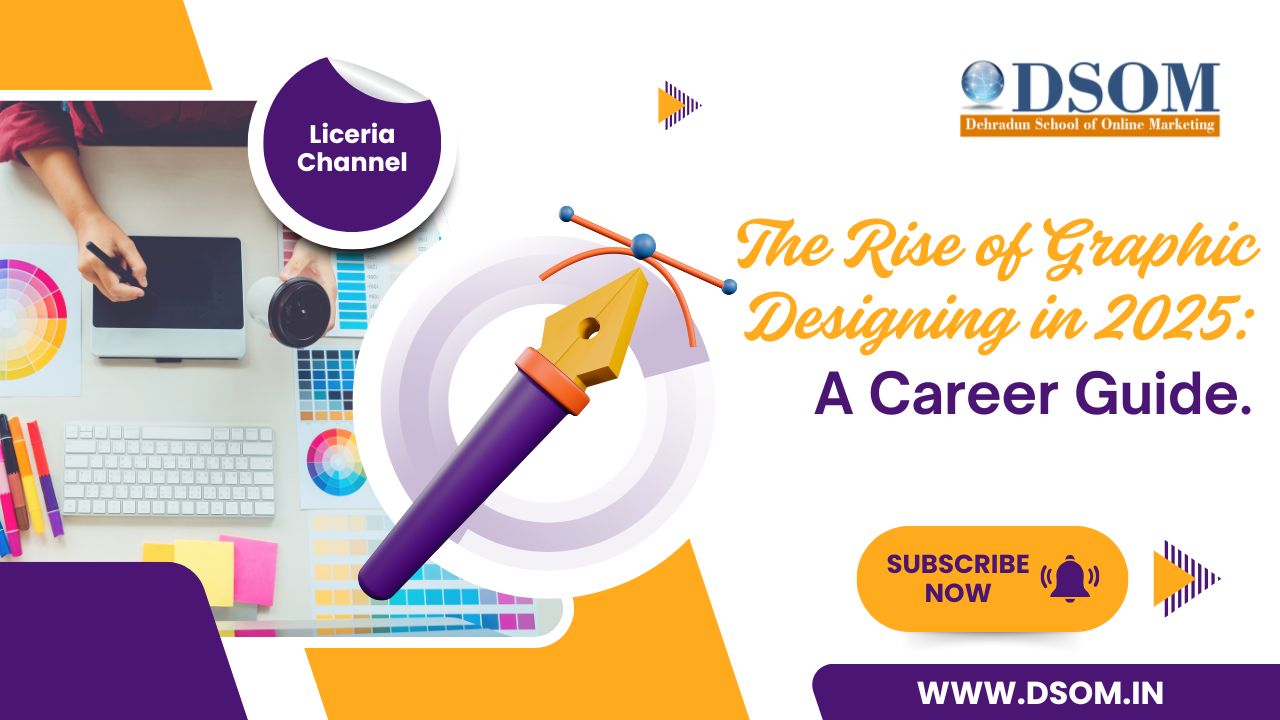 The Rise of Graphic Designing in 2025: A Career Guide.
The Rise of Graphic Designing in 2025: A Career Guide.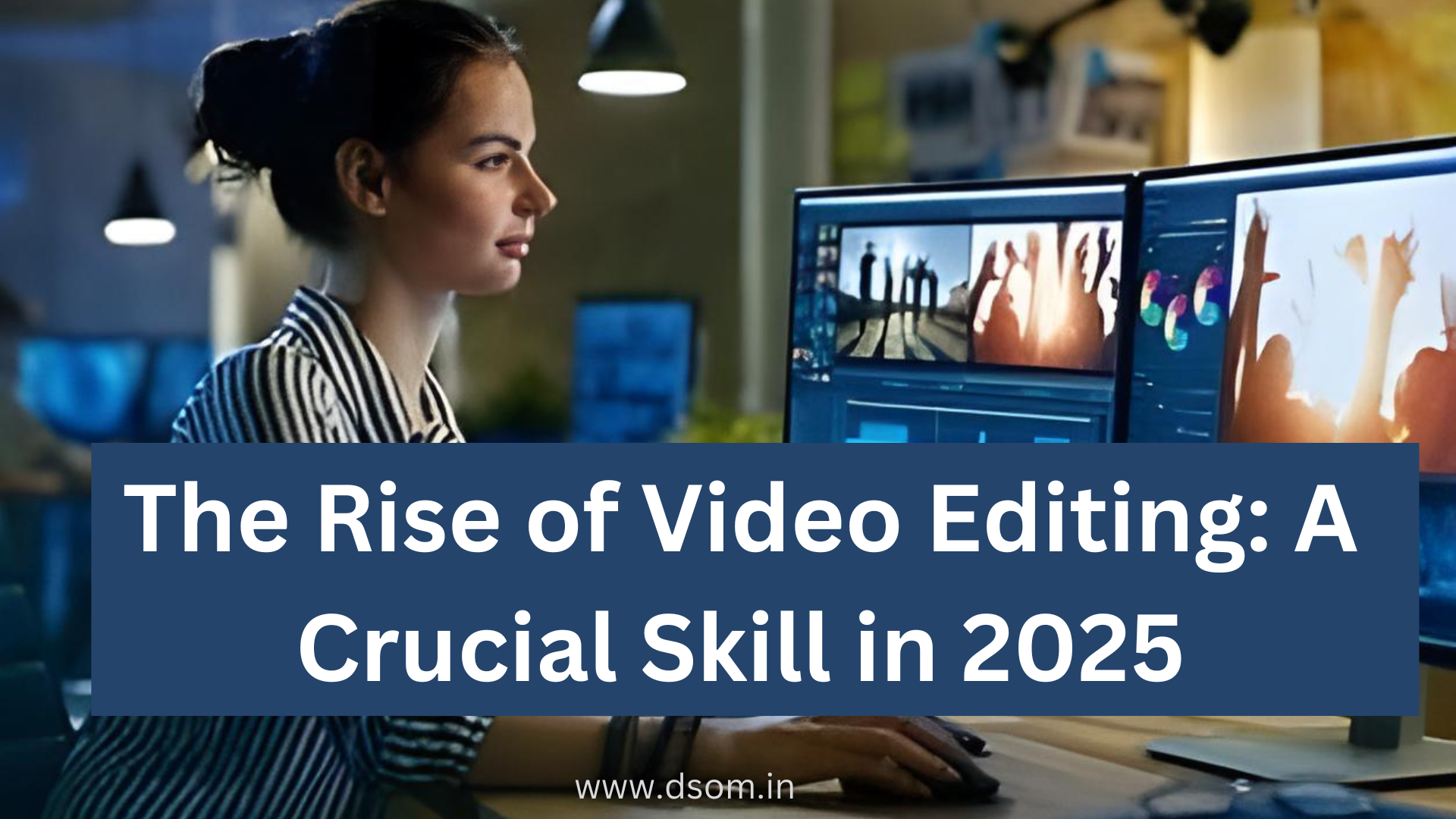 The Rise of Video Editing: A Crucial Skill in 2025
The Rise of Video Editing: A Crucial Skill in 2025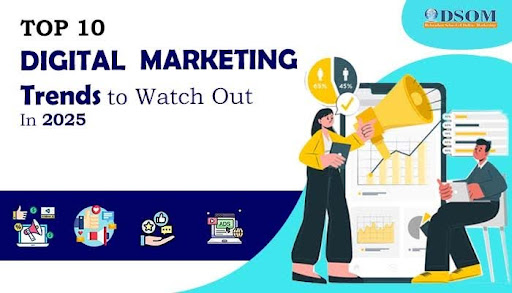 Top 10 Digital Marketing trends in 2025
Top 10 Digital Marketing trends in 2025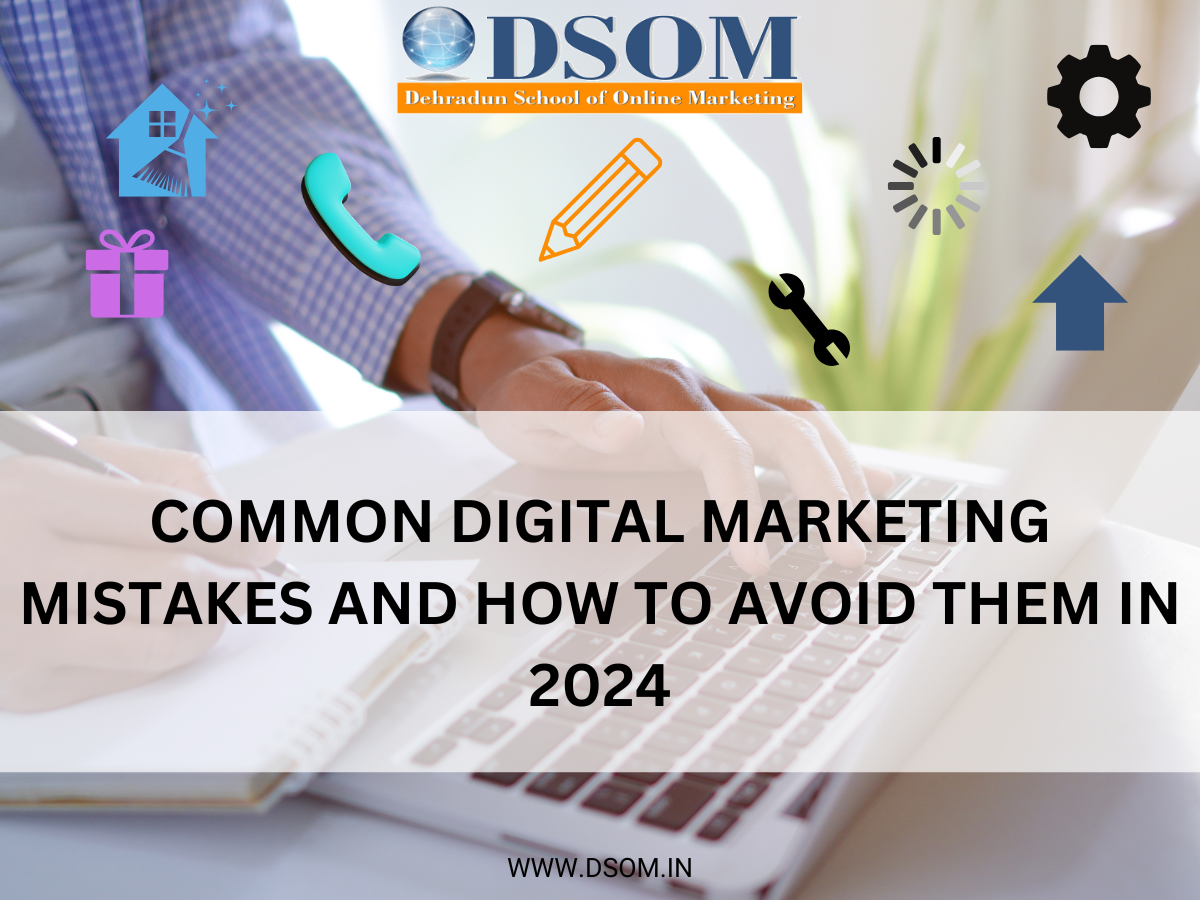 Common Mistakes in Digital Marketing and How to Avoid Them 2025
Common Mistakes in Digital Marketing and How to Avoid Them 2025 The Future of Digital Advertising: What You Need to Know
The Future of Digital Advertising: What You Need to Know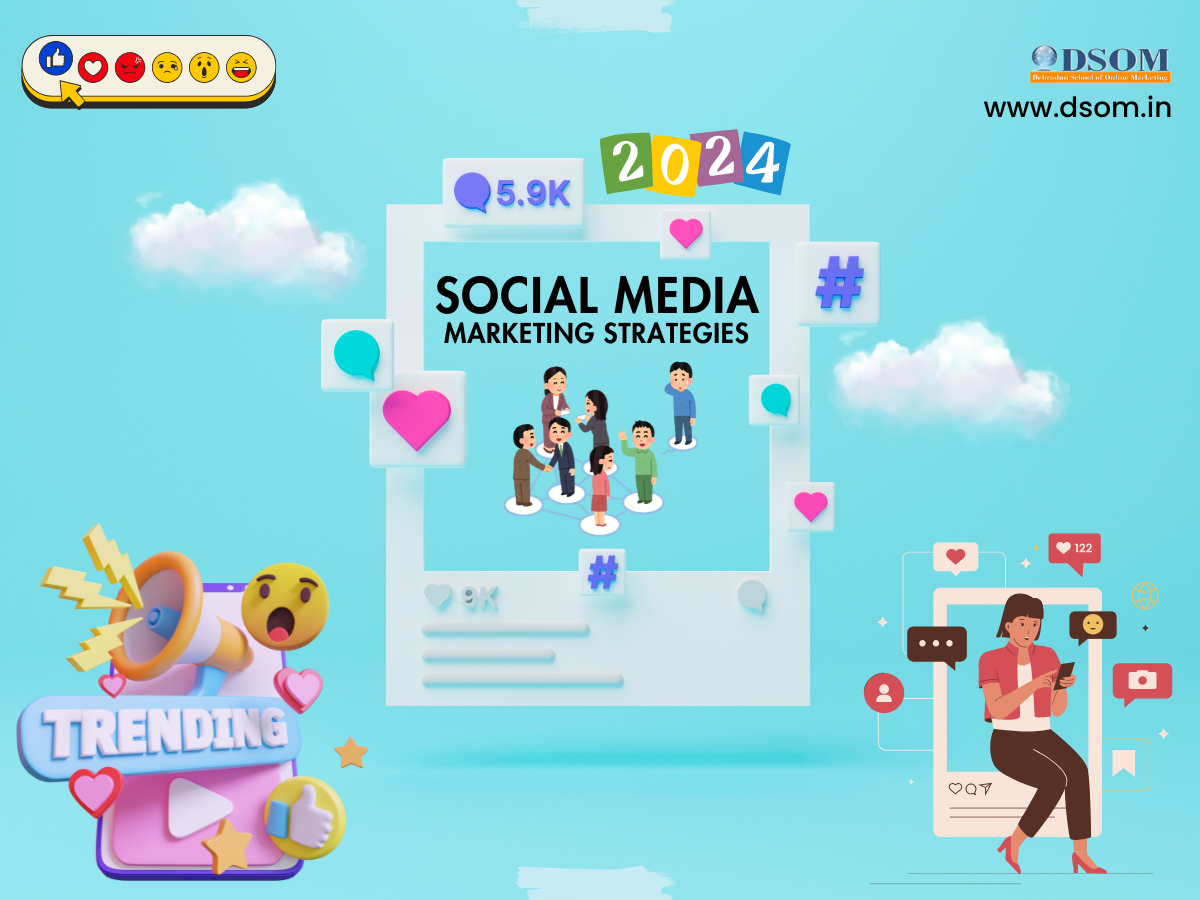 Social Media Marketing in 2024: Strategies for Maximum Engagement
Social Media Marketing in 2024: Strategies for Maximum Engagement Building a Successful Digital Marketing Funnel: A Step-by-Step Guide
Building a Successful Digital Marketing Funnel: A Step-by-Step Guide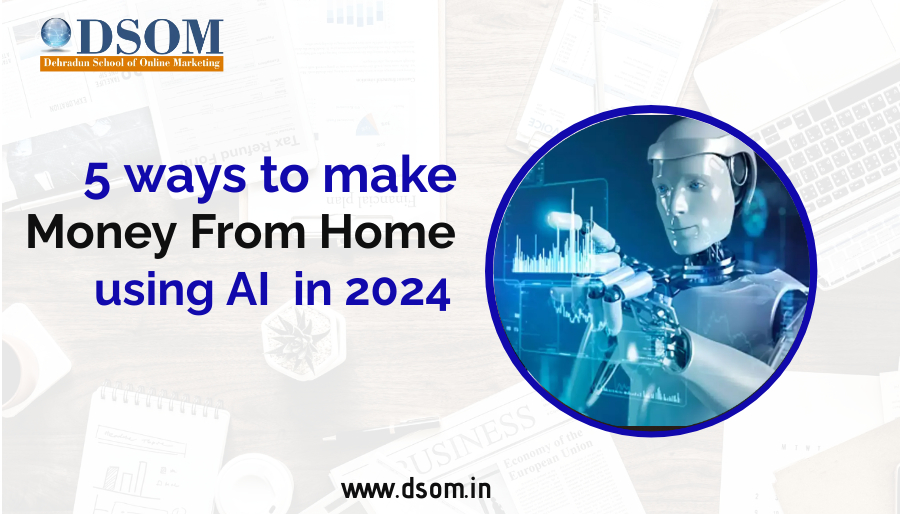 5 ways to make money from home using AI (Artificial-Intelligence) in 2024
5 ways to make money from home using AI (Artificial-Intelligence) in 2024